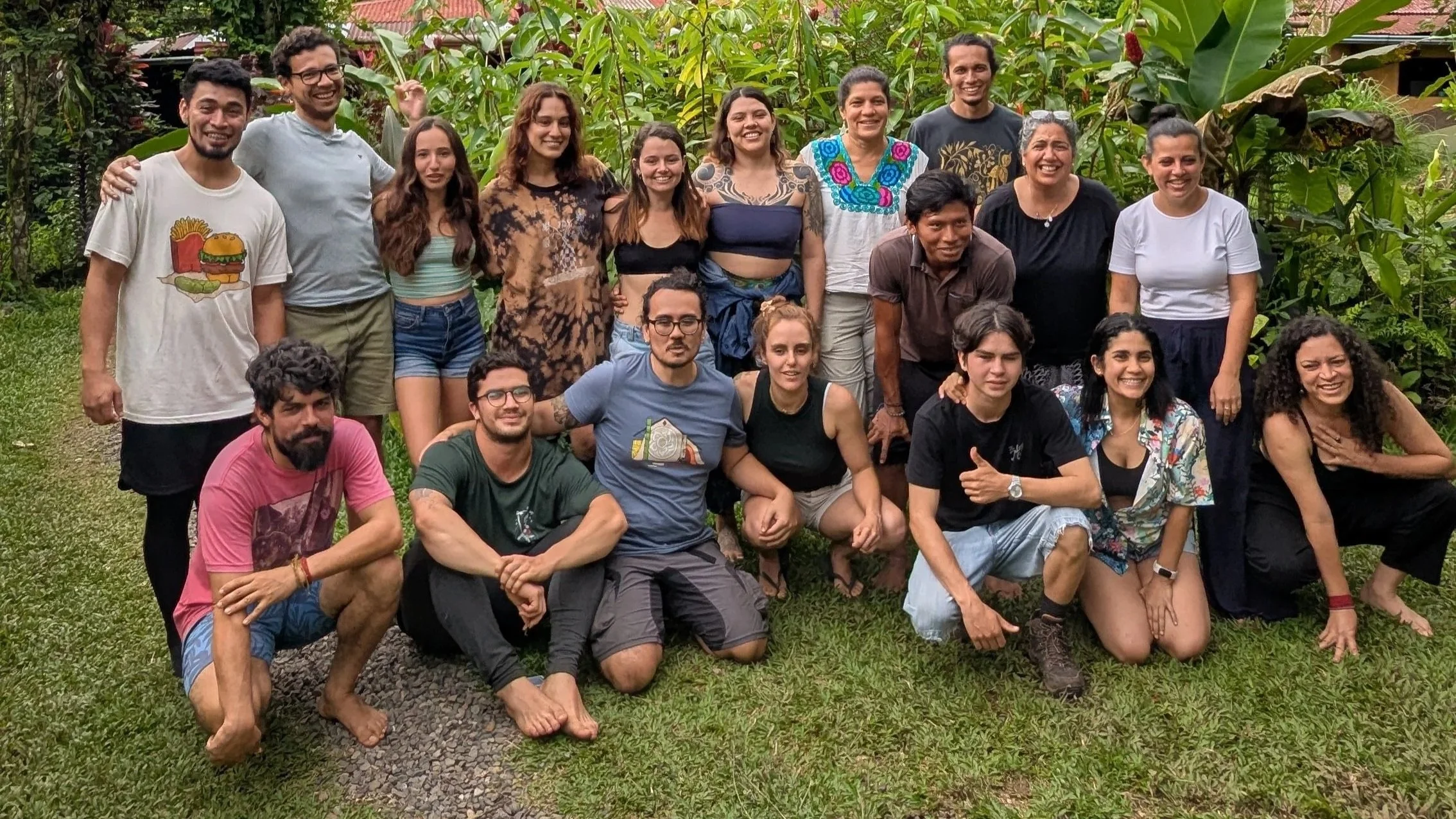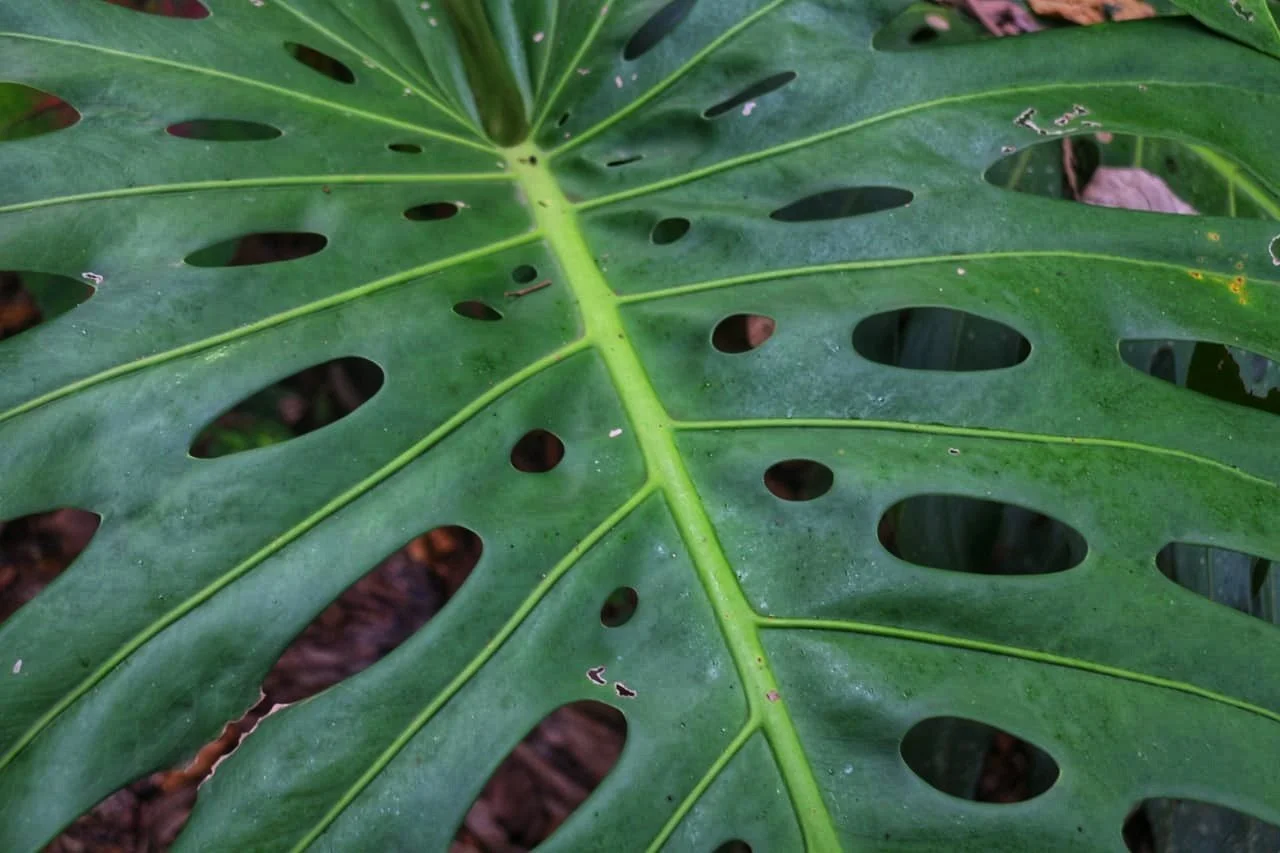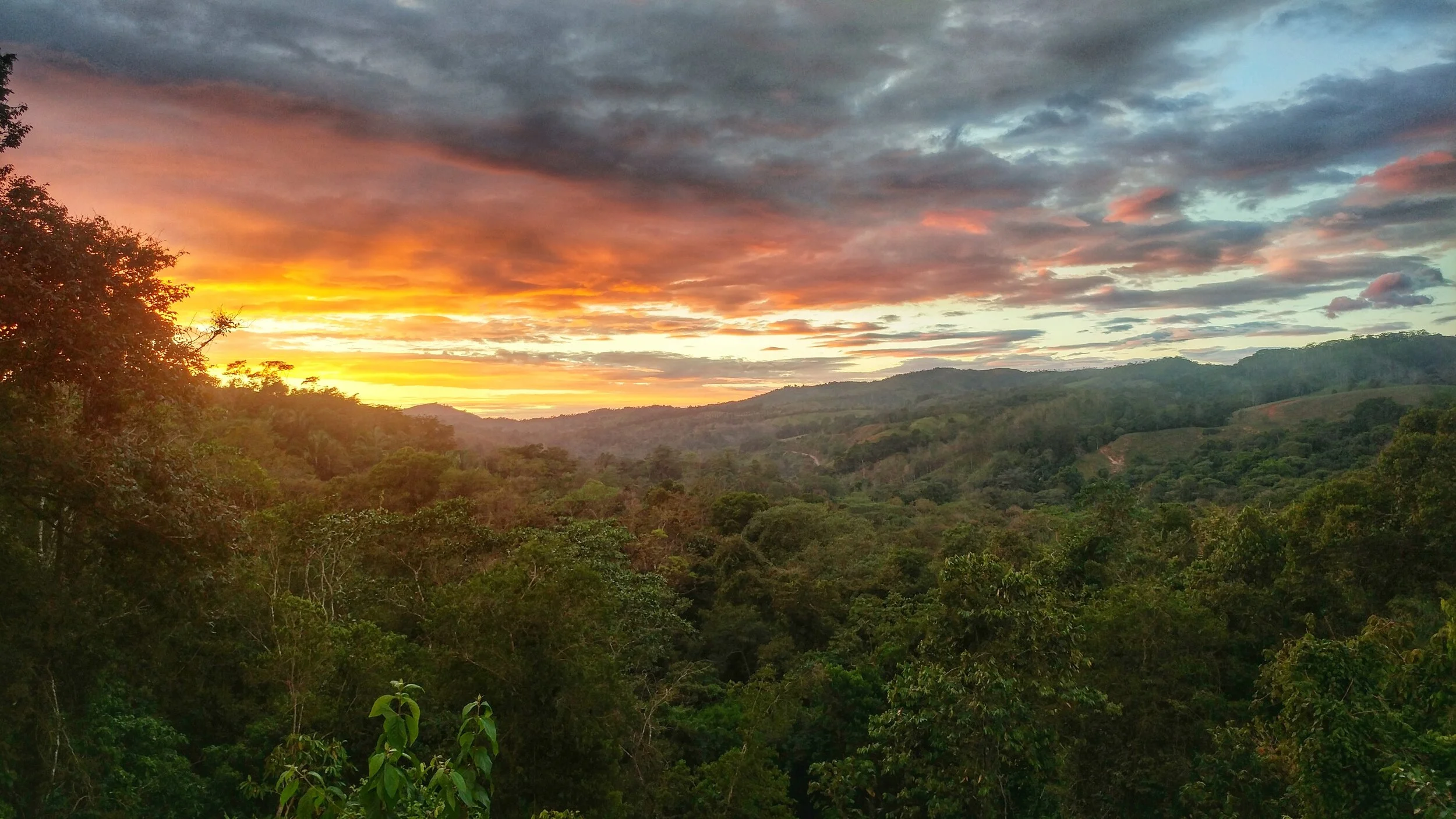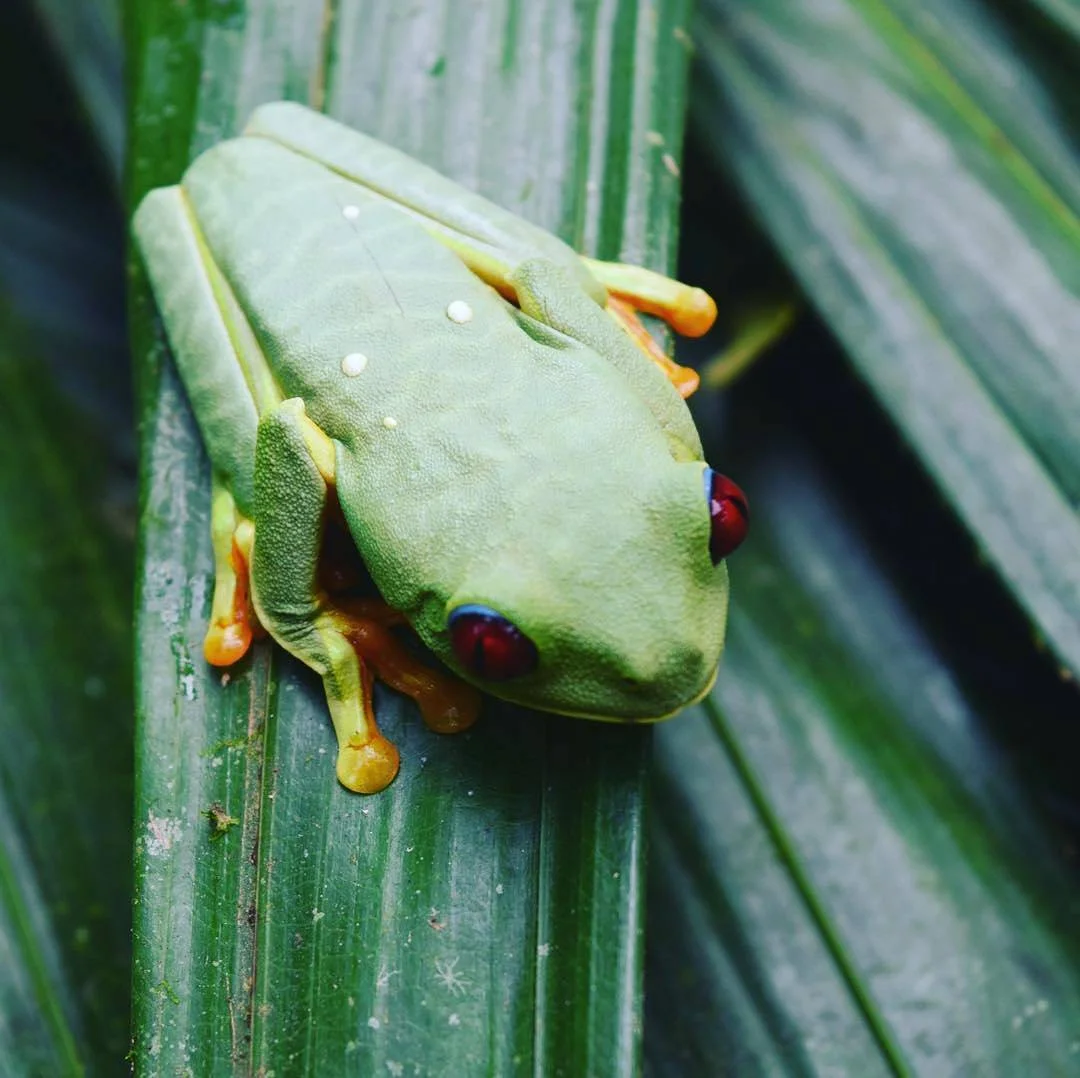Cuando me acerqué a la permacultura, mi intención inicial fue nutrir mi formación en diseño arquitectónico con algo más aterrizado, más conectado con la tierra, los cultivos, el agua, el clima. Quería comprender mejor los ritmos naturales para intervenir el territorio de una manera más coherente y responsable.
La Transformadora Experiencia de la Certificación en Permacultura en Rancho Mastatal
Permaculture Entrepreneurship: Navigating the Path from Student to Professional
After completing a Permaculture Design Course (PDC), natural building workshop, or any other educational opportunities at a place like Rancho Mastatal, many students find themselves wondering how to turn their newfound knowledge and passion into a career. This transition from student to professional is a common challenge in the permaculture world.
Los Suelos y Su Importancia para la Existencia de la Vida
The Ethics of Permaculture
Are ethics universal, or are they subjective, governed by individual attitudes and circumstances? And if that is the case, how can anyone be sure that they have “good ethics” and are always making the right decision? And by what means can we design a future in which every choice leads to the wellbeing of all humanity and to the wellbeing of the planet?
What is Permaculture
Permaculture is a macro-concept that involves many different topics, methods, systems and ideas. Ideas like moving back to the land, using nature as our guide, applying ecology in our productive systems, reconnecting with the cycles of nature, approaching life holistically, creating stable local economies, regenerating the landscape and our relationships with others, investing in resiliency and interconnectivity; are in the heart of permaculture.
What is Syntropic Farming?
If You Practice Yoga, Practice Permaculture
The Problem with Permaculture – Understanding Elements and Functions
How often have you heard someone say “oh yeah we have a permaculture farm or garden because we have a [insert permaculture cliché element]”. They believe their project is permaculture based because it has some of the elements that are usually used as examples, such as composting or they have chickens, maybe a herb spiral or a rainwater catchment system?
Why the World Would be a Better Place if Everyone Took a Permaculture Design Certification
Why You Should Take a Permaculture Design Certification at Rancho Mastatal, Costa Rica
There are not many places in the world that offer such a diverse number of examples of applied permaculture principles and ethics in practice as you will find at Rancho Mastatal. Bordering one of Costa Rica’s national parks, La Cangreja, we are surrounded by nature, biodiversity and abundance, providing the perfect learning environment for permaculture.
Permacultura, ¿Porqué aprender en el Rancho Mastatal?
Imagina que tienes un lienzo en blanco para trazar y te dicen que lo que dibujes se va convertir en tu vida. Quizás, no tienes las herramientas, el conocimiento necesario para poder imaginarte en ese mundo ideal y te surgen preguntas: ¿cómo podré lograrlo?, ¿qué es lo realmente indispensable y necesario?, ¿esto me entusiasma o me agobia?, ¿por dónde empiezo?
Permaculture-Based Alcohol Production as an Energy Source — “The Proof is in your Buzz”
Anti-Inflammatory Herbs – Medicinal Plants
Making Compost 101
Making Compost 101
By 2022 apprentice Joshua Wright
Smelly, sticky, messy.
Perhaps these are some words to describe your experience with food waste. But it doesn't have to be! Enter the world of composting!
In permaculture we love composting and would never think about just throwing away our food scraps into the trash, because they aren’t waste, they are resources that will benefit our garden and our planet.
Composting is a great way of dealing with your kitchen scraps, autumn leaf litter and/or lawn trimmings, along with any other organic matter that may be in your garden. Dealing with a “waste” product and turning it into something beneficial. In permaculture we also call this stacking functions.
An apprentice flipping our compost pile
What is compost?
Compost is broken down, decomposed organic matter. It occurs naturally in the environment around us as living things decay. Through human interaction this natural process can be sped up.
Why should you be making compost?
Composting has several great benefits:
It improves soil health. Adding organic matter into soils allows them to better retain moisture leading to reduced irrigation costs. It lends itself to better aerated soils reducing the need to till and it provides habitat for beneficial fungi and micro-organisms to continue the work of decomposition and nutrient cycling.
It provides plants with nutrients essential for their growth. The main elements plants need are Nitrogen (N), Phosphorus (P) and Potassium (K), all of which are present in compost, along with a number of other elements in trace amounts such as Calcium (Ca), Magnesium (Mg), Iron (Fe) and Zinc (Zn).
Composting diverts waste from ending up in landfills and the incinerator. Both of these require lots of energy and resources to maintain and manage, so by composting you are freeing up time, money, and energy for better utilization elsewhere (building an abundant, regenerative future we can be proud of).
When in landfills food waste doesn’t have access to oxygen, becoming anaerobic. When decomposing in this airless environment it produces methane and carbon dioxide. When not in balance with natural cycles these gasses contributes to greenhouse gas overload in our atmosphere adding to our global climate crises.
In summary by composting not only are you doing less bad (by producing less pollution) you are actively doing good (building soil which is essential for a healthy planet)! Win, win!
So how do we go about getting started?
Our little wigglers that we use for our vermicompost!
First, let’s identify the best location: Ideally you will have a spot in your garden that is out of direct sun and protected from the rain. You will need something to contain the compost in. A wire cage or recycled wood pallet box will both work great. But you can use any containment method that is roughly 1m^3 and allows air to circulate. If you are limited in space or don’t have a yard, there are many great DIY options, such as a plastic bin with holes drilled out. Or check out vermicompost, which uses worms to help you out! Check out this blog article from Mother Jones to learn more about using worms to compost in a small space.
Next let’s look at what goes into your compost: We can break this down into two basic categories: "greens" and "browns". "Greens" are materials that contain higher quantities of nitrogen and "browns" contain higher quantities of carbon. Balancing this ratio of greens to browns is what will define the success of your compost operation.
This ideal ratio being 25-30 parts carbon to 1 part nitrogen.
Examples of “greens” are kitchen scraps or fresh lawn clippings. “Browns” can be dried leaves, wood chips, saw dust, etc.
Remembering that there is carbon in ALL organic material including materials that we classify as “green”, we can achieve our ideal ratio (25-30:1) by adding roughly 2 parts “brown” material to 1 part “green” material.
If your compost pile starts to smell, attract flies or is excessively wet add more browns, if it is too dry reduce that amount of brown material you add.
Your compost should have the same moisture content as that of a damp sponge. When squeezed firmly no more than a few drops should come out.
Excellent!
Armed with these basics outlined above you are ready to begin your journey into the underworld (soil).
Keep in mind that there is no teacher out there as good as direct experience so get your hands dirty and have fun with it.
One day, we too, shall be compost. And so closes the circle of life.
Emptying out one of our compost toilets
Other Related Blog Articles
Transforming Human Waste into Fertilizer: Compost Toilets
5 “Grow Your Own” Mulch Plants
Learn More
Join us for one of our educational workshops about permaculture design, natural bulding, fermentation, and more. Check out our yearly workshops here.
Greywater: What Is It And How We Use It
Applied Permaculture Principles
There are a lot of misconceptions about what Permaculture is, most people think of it as an agricultural system, typically some sort of food forest and whilst maybe it does make sense for you to have a food forest, maybe it doesn’t! The specifics of applying the principles will vary based on your environment, project , goals etc… but the principles will always remain the same. In permaculture there are 12 underlying principles that help guide us through the design and thinking process. We have highlighted below how we apply each of these principles at our site to help inform you how these principles can be applied in practice.
Why Permaculture?
La Importancia de la Permacultura
La creciente crisis social y medioambiental nos ha obligado a buscar métodos y procesos alternativos que reduzcan el impacto humano en la naturaleza y nuestro entorno. Como una de las principales alternativas de cambio, la Permacultura constituye un sistema donde se combinan la vida de los seres humanos de una manera respetuosa y beneficiosa con los animales y plantas, y donde se logran implementar soluciones de menor impacto medioambiental para satisfacer las principales necesidades humanas
Contemplating an Uncertain Future: The Ranch and Climate Change
Climate change, after decades of lulling at the bottom of the news cycle, has belatedly made it into the headlines as increasing numbers of people become aware, convinced and concerned about the environmental and social impacts of the Earth’s evolving atmospheric conditions. I frequently think about disrupted weather patterns and what my role in this unfolding story should be.























